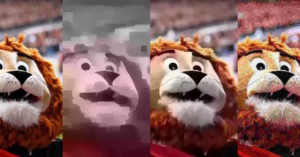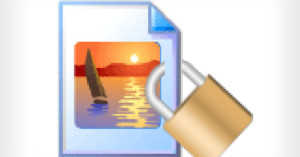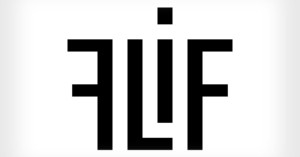
What is an HEIC File? Everything You Need to Know
An HEIC is a type of image file that contains compressed data, along with metadata such as the location a photograph was taken, the date it was created, and more. While it does reduce picture information, it typically results in a better representation of the original source than an image saved in JPEG format.



